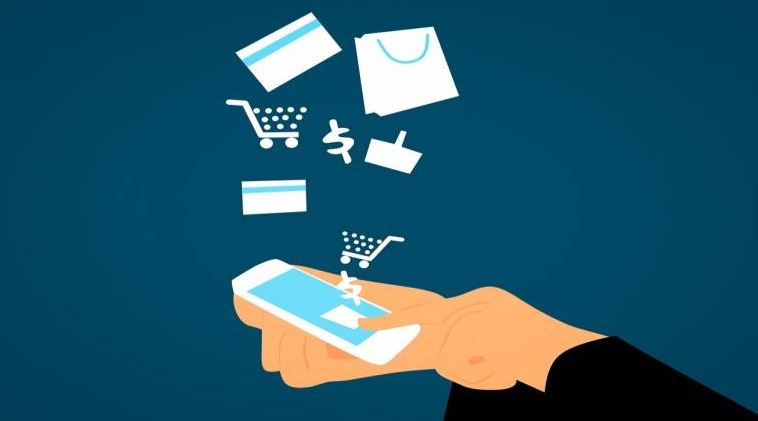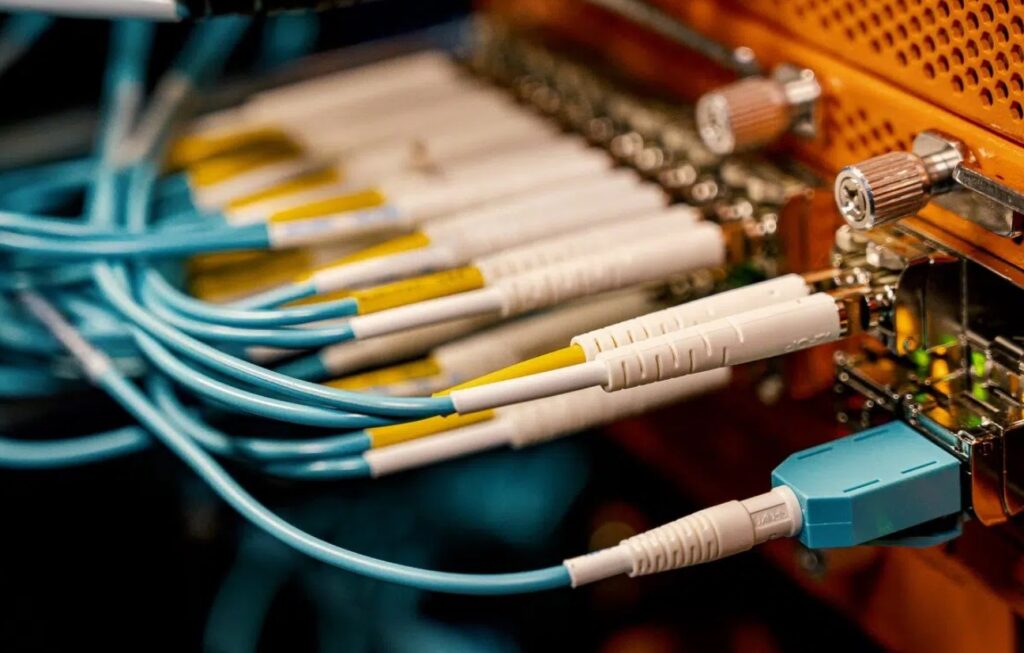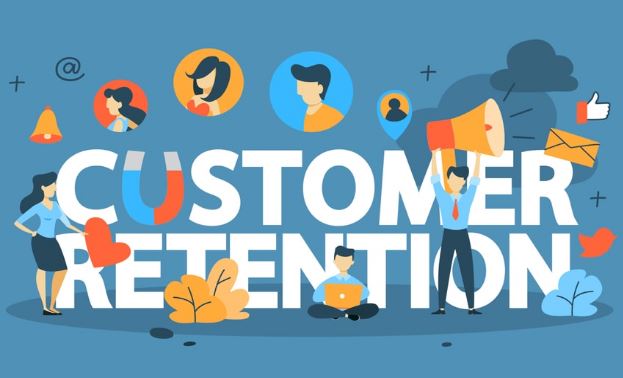Think back 15 to 20 years ago and your children’s Christmas wish list. You took it with you and spent an entire day going to various stores to get everything on the list. Now fast forward to today and the same list.
Where do you think most people get the items? If you said online, you are correct. Advancements in technology made finding everything on your list as simple as a click of a mouse online or by pulling up an app on your smartphone. Unfortunately, because people are searching for a select item, instead of entering a huge department store, the sales for many stores is down considerably.

Accommodating Shoppers
You go to a store, find say a pair of sneakers on the wall and see a salesperson for the correct size. Unfortunately, in many cases, the salesperson returns empty-handed and you leave unsatisfied. With a decrease in store sales, many retail outlets stock only what’s new or what a majority of people buy.
On the other hand, a simple google search leads you straight to the store that offers the same pair of sneakers you want in your size. It’s no wonder many people prefer to shop online. The good news for many retailers is that technology is no longer the enemy.
Solutions such as BOPUS work in favor of both the company and the consumer. It gives customers a way to guarantee that they get the item they want and then instead of dealing with wait time and added expenses by using mail services, they can pick it up at the store. What this does for a retail store is open the doors wide and bring customers back inside. Once inside, the consumer picks up the item and has a chance to browse around and see other items that they may need, helping to once again boost sales.
Getting Back To Basics
Customer service is essential to any business’s success. And, in recent years with more shoppers choosing to purchase items online, stores have fewer employees walking the floors. As a result, customers who need help often leave with a tarnished image of their experience. Large corporations, such as Walmart, are introducing new technology that will allow them to better serve their customers.
Implementing robotic devices to perform various repetitive duties such as tracking inventory and checking prices lets them utilize their staff to help people in their stores. Lowes also uses what they call the LoweBot to assist customers through the use of a touchscreen. While in the store consumers can ask questions about finding the right supplies or to get help with their home improvement project.
Sales on What You Buy
Another way that stores are catering to their customers is through programs that monitor sales. When you pay at the register along with the receipt you also receive a coupon with a reduced amount for the products you buy most often.
The Personal Experience
Many people who shop in stores often buy an outfit without trying it on, and then once home they don’t always like the way it looks so they end up returning it outright. Some high-end stores such as Neiman Marcus recently introduced smart mirrors in the changing rooms.
In essence, what it does is allow customers to try on several different articles of clothing and then snap a picture from every angle. This lets the consumer view everything they tried on and then select the one they feel fits and looks the best. It gives customers a personal experience and helps to end the buy and return scenario.
While brick and mortar stores have a large task ahead of them to gain ground on their stiff online competitors, technology is giving them tools they need to help them remain in existence.



